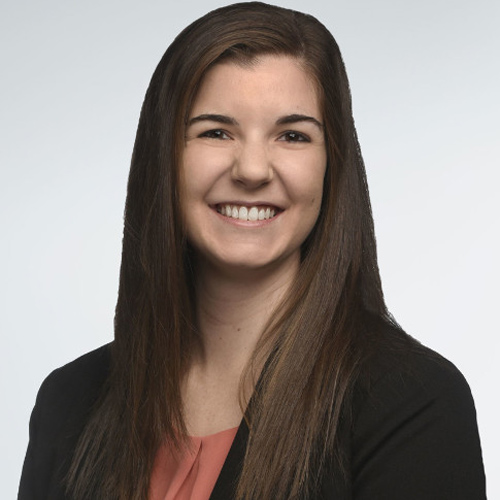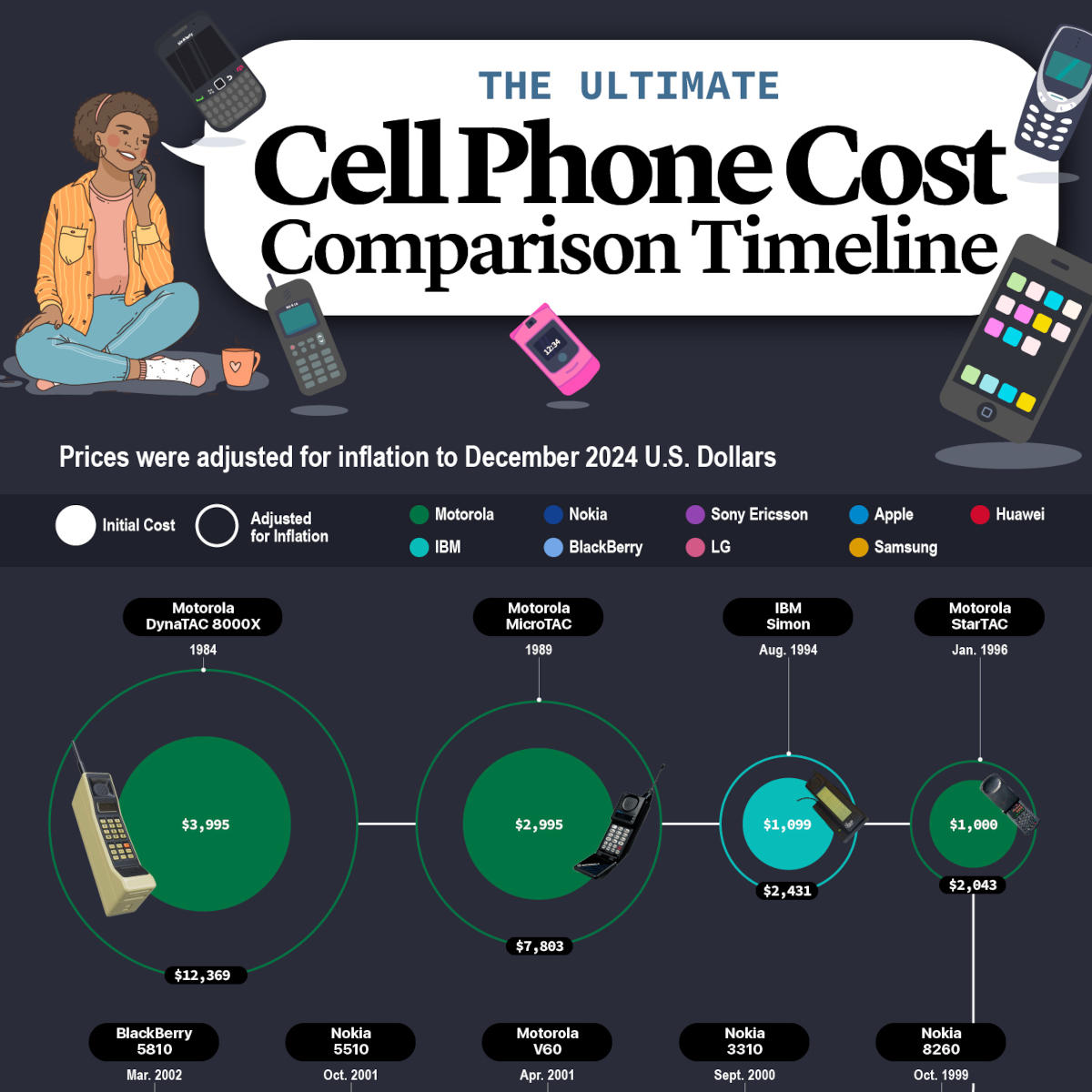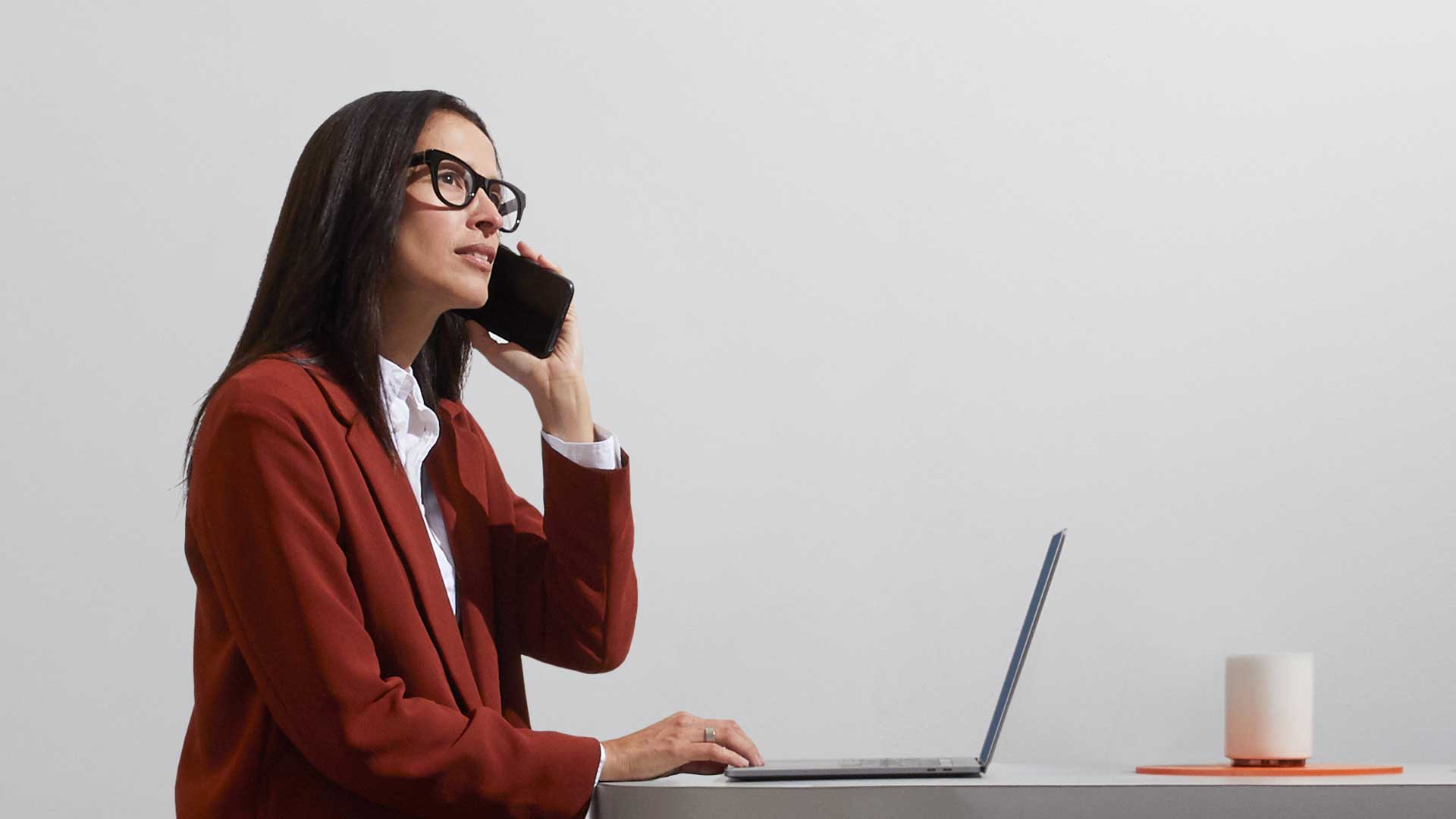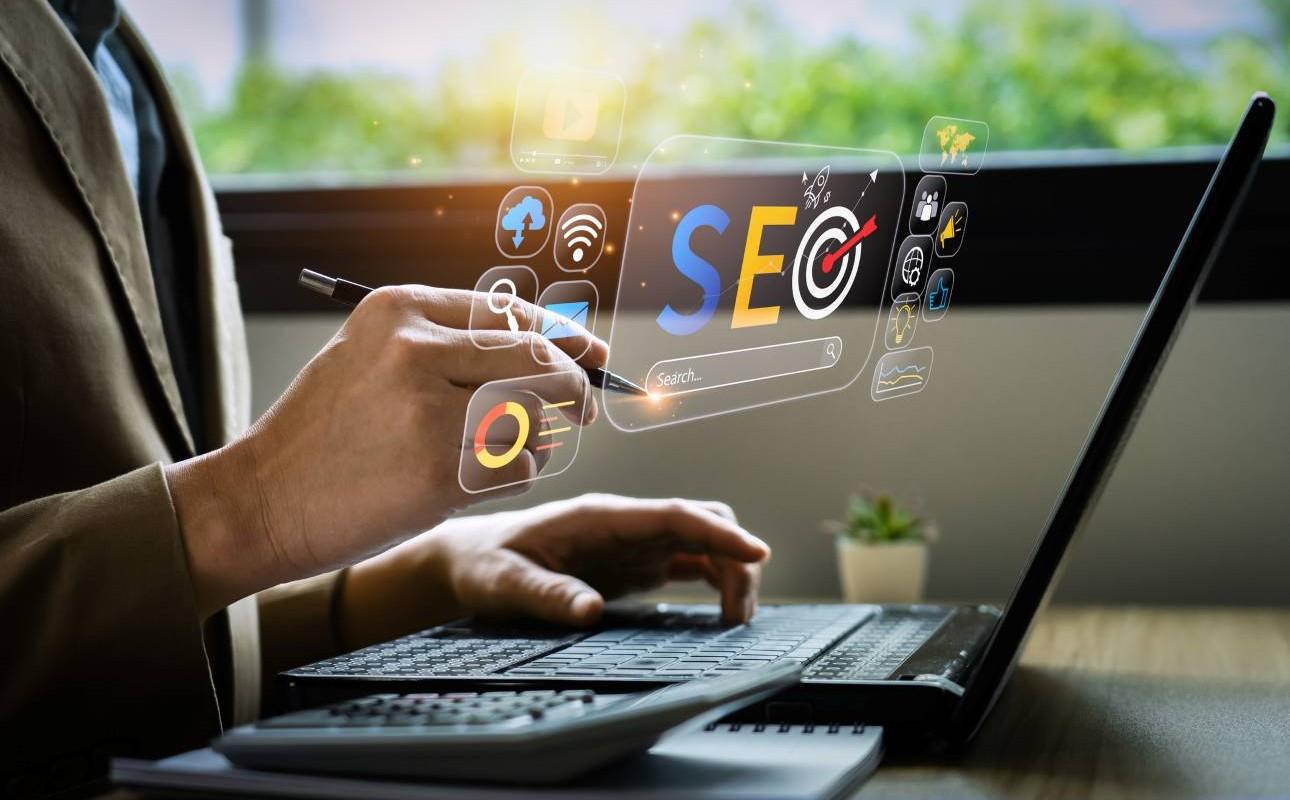Is your area code a part of your identity?
Key Points
• Find out the most popular area codes in the country.
• Explore New York City's area code seriousness.
• See what the most famous area codes are.
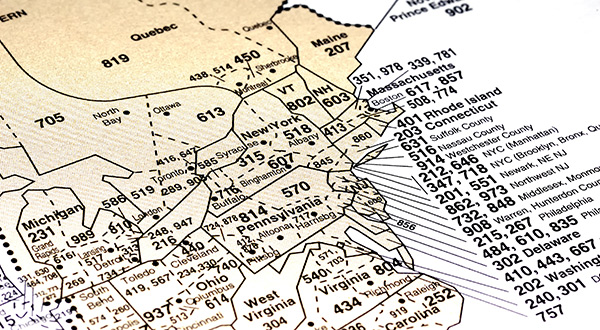
Some people have only ever had one phone number. Like Californian Megan Garber, who in an essay for The Atlantic said she’s kept it through five interstate moves and multiple devices, despite sales people having pushed her to get a new number.
“I am an 831, wherever I may be in body, and will remain an 831 until they pry those three otherwise totally meaningless digits out of my cold, dead iPhone,” she said. (For those of you who don’t live in Northern California, 831 is the area code for the costal region around Santa Cruz and Monterey.)
Area codes are no longer just functional
Practically speaking, the three-digit area code is a prefix to a phone number, a few digits used to route calls to you. However, those three digits can be a personal statement of identity.
For many, an area code is about location, acting as geo-identifier for the user.
With residential lines, it could be a cultural reference to a place or a nostalgic nod to one’s home state. This is true for many Vermonters who may wear their area code—802—on their t-shirts and hats. In case you’re wondering, Vermont is one of about a dozen states with only one area code. For a business, this could mean a positioning strategy to align with a region, such as having a 650 or 408 area code to feel like a part of the tech world in Silicon Valley.
An area code can also reference a timeline. As available phone numbers run out, overlay area codes are used for all new numbers. For example, when Philadelphia area code 215 was exhausted in 1997, new numbers were assigned a 267 area code. The result is that 215 phone numbers are numerically linked to the city’s history prior to the change.
Area codes, a shared connection away from home
As people move around the country for work, their tie home is maintained with their area codes. This means when they share their number, new shared history can be revealed. For example, Ashley Kizler tells The New York Times how that happened to her when she moved from Richmond, Virginia, to Washington D.C. for grad school. “You find someone else who has an 804 area code, and you’re, like, ‘Hey! What’s going on! Richmond? Yeah!’,” said Kizler.
While it’s certainly more convenient to keep the same mobile telephone number after a move, nostalgia and personal identity also play a large role in keeping a phone number. “I kind of want to keep it, so I’m still associated with that area,” said Kizler. “Even though my parents aren’t there anymore, I can still be like, ‘Yeah, I’m totally from Richmond. That’s my area code.’”
Thanks to advancements in telephone technology, making and receiving phone calls from people with different area codes or states is a breeze. And with more people leaving home to work in different cities and states, more people are bringing hometown area codes to new locations. Part of this is due to the popularity of smartphones, as people can now carry around a personal phone number everywhere they go.
This is also partly due to the United States Telecommunications Act of 1996, which made number portability a requirement for phone carriers. This meant that if you moved to a new area and one mobile carrier had better service, they had to give you the option to port over your old number from your old carrier. While this means you didn’t have to go through the hassle of telling everyone your new phone number, it also meant you get more attached to your number through the years.
The area code system has certainly changed. Garber sums it up well saying, “Long ago divested of its original role, the three-digit code now functions as a kind of shared social media handle, a collective identity. It’s no longer something to be remembered—we have our phones for that—but is instead something to be talked about.”
A three-digit status symbol?
Area code preferences aren’t always motivated by personal nostalgia. Sometimes, it’s about status. Just as designer labels are flaunted for cachet, the three digits of an area code can have a similar effect.
In an age of spam calls from unknown numbers, local area codes can make callees feel safer due to recognizability. You’re more likely to pick up an unknown number from a local area code than one you don’t recognize. This, however, can have a negative effect, too. After all it’s why phone number spoofing is a popular manipulating tool of illegal robocallers.
Area code perception is also important to business identity, as someone is more likely to pick up your phone call if you identify yourself as local.
Top 10 most popular area codes
Certain area codes have prestige or desirability. This can be due to several factors, including mainstream knowledge or ties to a big city. Unfortunately, this also means that these area codes are also exhausted and getting one can be very difficult—if not impossible. Here are the most popular area codes:
• 310: Los Angeles, California
• 212: New York City, New York
• 305: Miami, Florida
• 702: Las Vegas, Nevada
• 202: Washington, D.C.
• 415: San Francisco, California
• 404: Atlanta, Georgia
• 312: Chicago, Illinois
• 949: Orange County, California
• 713: Houston, Texas
Top 17 richest area codes
Do you want your area code to indicate affluence? Then getting an area code from an area that’s rich is probably the best. To determine these, we looked at Forbes’ 2024 list of richest ZIP codes and found their area codes. Let’s take a look at the top 17 richest area codes in the United States:
• 650: Atherton, California (median home sale price: $7,475,000)
• 617, 857: Boston, Massachusetts (median home sale price: $5,500,000
• 631, 934: Sagaponack, New York (median home sale price: $5,000,000)
• 415, 628: Ross, California (median home sale price: $4,583,000)
• 305, 645, 786: Miami Beach, Florida (median home sale price: $4,475,000)
• 310, 424: Beverly Hills, California (median home sale price: $4,125,000)
• 805: Santa Barbara, California (median home sale price: $4,103,000)
• 425: Medina, Washington (median home sale price: $4,000,000)
• 657, 714: Huntington Beach, CA (Median sale price: $3,625,000)
• 949: Newport Beach, CA (Median sale price: $3,577,000)
New Yorkers take area codes seriously
In 1947, the area code 212 was assigned to all of New York City. “Two-one-two has a cachet,” one grad student told the NYT in the ’90s when the 646 area code was added to accommodate the demand for more phone numbers. “It’s sort of an icon of New York to have the 212 area code, like Broadway or yellow cabs.”
The desirability of 212 was even immortalized in a Seinfeld episode when Elaine didn’t want to be stuck with 646 and wrangles to get a 212 number after her neighbor dies. Some vendors buy up 212 numbers as they become available and resell them for rates ranging between $100 and $30,000 or more.
In 2017, another area code was added for Manhattan: 332, and a 2015 New York Post article announcing the upcoming new code explained the perception . “In this status-hungry city, those three new digits are already being looked down upon, another way to delineate authenticity and argue about who gets to be a ‘real’ New Yorker.”
The history of NYC area codes covers both location and time:
• 212: Placed into service in 1947, 212 was the first area code of New York. A 212 number is old school and mostly limited to Manhattan.
• 718: In the 1980s, NYC was split geographically, adding 718 for the outer boroughs of Brooklyn, Queens, Staten Island, and the Bronx.
• 917: In the early 1990s, 917 was added for cell phones and pagers.
• 646: Added in 1999, 646 was used for new numbers in Manhattan, both landlines and cell phones. Thus, the area code became a signifier of newcomers.
• 347: Later in 1999, 347 was added as an overlay to the outer boroughs.
• 929: In 2011, 929 was added to the outer boroughs.
• 332: 332 was deployed in 2017 for new Manhattan numbers.
However, just as 212 and 917 numbers have mostly been used up, the North American Numbering Plan Administrator predicts a similar fate for outer borough area codes of 718, 347, and 929, which are expected to be exhausted by 2026.
What numbers will be next? The only real guideline is that numbering systems should avoid using numbers that are too similar to existing area codes to help avoid the confusion or misdialing.
Most famous area codes
Now that we know the most popular, the most rich and even the craziness of NYC area codes, why not delve into some of the most popular area codes? You know, the ones that have entered pop culture and have become shorthand.
Here are some of the most famous area codes, which some would say are also the best area codes.
212—New York City
Like most things about the city that never sleeps, its 212 area code is absolutely iconic.
213—Los Angeles
You may have seen this area code immortalized in many, many movies and TV shows. While this is a very real area code, in movies it’s usually followed by the fictional 555 dialing number. So no, those numbers don’t actually go anywhere. It’s movie magic!
202—Washington, D.C.
The nation’s capital has an iconic area code of its own.
305—Miami
Miami is a world-renowned city so its area code may have been known regardless, but it’s helped by recording artist Pitbull, who frequently mentions the area code in his popular music.
415—San Francisco
Not only is the City by the Bay’s area code iconic, it’s also one of the richest in the country.
619—San Diego
There’s something catchy about San Diego’s area code—it’s just fun to say. It was also used by popular WWE wrestler and San Diego native Rey Mysterio, Jr., who named his finishing move after his beloved area code.
808—Hawaii
Hawaii is sometimes called the 808 State. It’s catchy, it rhymes and it makes this Pacific paradise area code one of the most famous in the country.
Take pride in your area code
Your area code has likely been with you for a long time, from college days to getting married and having kids. Somehow, it’s always been by your side. It’s an extension of your hometown—a reminder of where you’ve come from no matter where you are. So it’s perfectly fine to take some pride in it.
And if you happen to want to switch carriers and keep your phone number, there are plenty of phone providers—like Ooma—that can help you port over your phone number and keep it going.
Let us know how you feel about your area code by taking this brief quiz.
